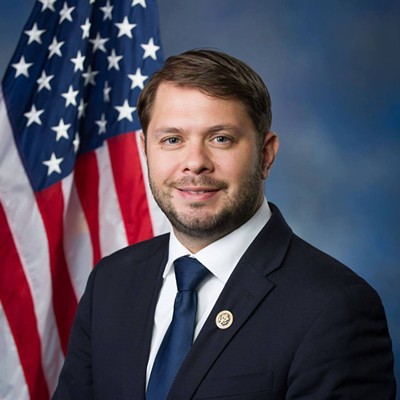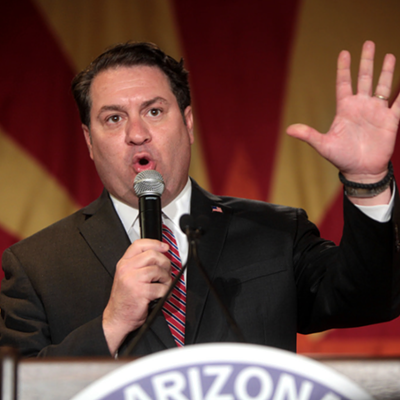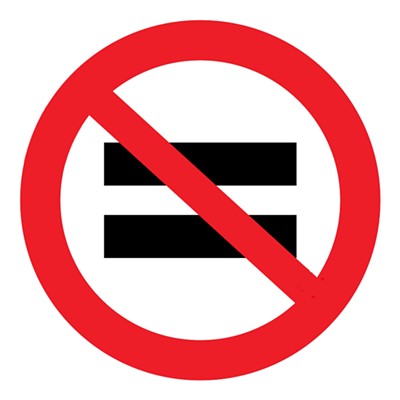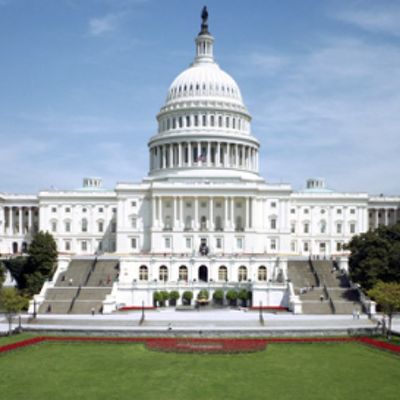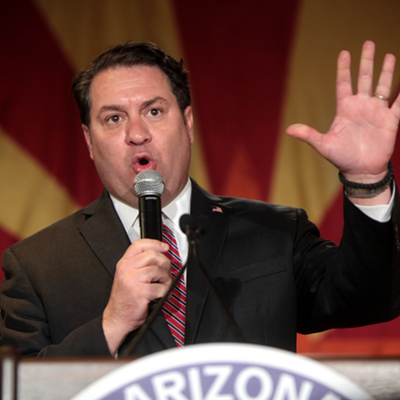UNHEALTHY PROGNOSIS
When the U.S. Supreme Court issued its landmark decision on the Affordable Care Act a couple of weeks ago, most of the media focus was on the portion of the ruling that upheld the mandate that people buy health insurance, or else pay more in taxes.
But there's another aspect of the case—namely, the part about whether low-income Americans will be covered by Medicaid.
The Affordable Care Act calls for an expansion of Medicaid to 133 percent of the federal poverty level, which varies depending on the size of your household. The FPL for a family for three is $19,090, so under the Affordable Care Act, a single mom with two kids would be able to earn up to $25,390 and still be eligible for Medicaid—meaning most of the family's medical bills would be picked up by the government.
The Democrats, when they passed the health-care package, tried to force the states to expand coverage by saying they wouldn't be eligible for any Medicaid funding unless they agreed to the expansion. The basic idea: People living near the poverty line don't have extra money to spend on health insurance, so to make sure they have insurance, the government would extend coverage to them.
But the Supreme Court shot that coercive provision down, so the states now must individually decide whether to expand coverage.
Not every state is game. Earlier this week, for example, Texas Gov. Rick Perry declared that the Lone Star State would not be expanding health-care coverage to poor people.
If states do accept the deal, the feds will pick up almost all of the costs for the first several years, with the federal match dropping over time.
For states where childless adults are only eligible if they earn a small percentage of the FPL income, the expansion is a pretty good arrangement. But Arizona (where Medicaid goes by the name of AHCCCS) ends up with a comparatively raw deal, because voters already expanded coverage up to 100 percent of the FPL back when they approved the Healthy Arizona proposition in 2000. So the federal government will only cover the expansion from 100 percent to 133 percent of the FPL (although the feds will also provide a 4-to-1 match on dollars that the state spends on people below the FPL).
Arizona's situation is made more complicated by the fact that the state froze enrollment for childless adults altogether when the Legislature made budget cuts last year. As a result, the Brewer administration estimates that there are about 100,000 fewer childless adults on the AHCCCS rolls right now. (The freeze saves the state an estimated $190 million, according to Monica Coury, an assistant director for intergovernmental relations for Arizona.)
There are a lot of moving parts to all of this, because the expansion is phased in over time; people shift from one program to another; and state officials have to estimate some of the numbers, because there are no exact counts as to how many people would qualify.
But the bottom line is this: The Joint Legislative Budget Committee estimates that the state will have to spend roughly $250 million in 2014 to get an additional $1.38 billion in federal health-care funds and provide AHCCCS coverage to people living below 133 percent of the federal poverty line. The state's contribution then begins to drop, and the feds' contribution rises; the state is on the hook for $169 million the following year, while the feds contribute $1.82 billion, for example. However, in 2020, the state's costs are projected to start rising again.
While some folks might look at the idea of bringing an extra $2 billion or so a year in health-care dollars into the state as a plus (especially since it would mean that more than 300,000 more Arizonans would have health insurance), we're confident that the Republicans who now run the Arizona Legislature are not going to bite.
While we expect that Republicans will not hang onto their super-majority after the 2012 elections, we do expect that they'll still hold the majority. Shorter version: In Arizona, there's still going to be a pretty big hole in the health-insurance safety net for the poor.
SHOWING US MORE OF THE MONEY
The incumbents on the Pima County Board of Supervisors have a lot more money for their campaigns than their challengers, according to campaign-finance reports covering activity through the end of May.
District 4 Supervisor Ray Carroll had raised more than 14 times as much as his GOP opponent, Sean Collins.
Carroll, a Republican who was first appointed to Board of Supervisors in 1997, had raised $75,277 from more than 300 contributors, including many of the standard GOP heavy-hitters: legendary land speculator Don Diamond and his wife, Joan Diamond, who each gave Carroll the maximum $430; auto dealer Jim Click, who gave $430; District 1 GOP candidate Mike Hellon, who gave $200; and Republican National Committeeman Bruce Ash, who gave $430.
Carroll also received checks from Democrats like onetime Tucson City Council candidate Gayle Hartmann ($100), political consultant David Steele ($430), attorney Larry Hecker ($430), Tucson City Councilman Paul Cunningham ($40) and one of Cunningham's top aides, Katie Bolger ($50).
Adding in what Carroll had in the bank at the start of the reporting period and subtracting the $45,864 he'd spent so far, Carroll had $44,070 in the bank as of May 31.
Collins, a political newcomer, had raised $5,090 from 31 contributors and lent his campaign another $3,589. He had spent $5,522, leaving him just $3,157 in the bank.
Given that Carroll has been one of the most-outspoken opponents of the Rosemont Mine, it's no surprise to discover that some of Collins' biggest contributions have come from Rosemont employees, including $400 from Jamie Sturgess, a Rosemont senior vice-president, and $430 from Fermin Samorano, a Rosemont engineer.
Local attorney John Munger, a former chairman of the Pima County Republican Party, also kicked in $430.
"I'm very unhappy with Ray Carroll over his opposition to the Rosemont Mine," says Munger, who received $2,000 from the Collins campaign for "campaign services," according to the finance report.
In another potentially competitive race for the Board of Supervisors this year, Pima County Supervisor Sharon Bronson had a significant fundraising advantage over Republican challenger Tanner Bell.
Bronson, a Democrat who has represented District 3 since winning the seat in 1996, had raised $40,165 from more than 200 contributors, and $2,350 from political committees, including $1,250 from Arizona's List and a range of contributions from PACs representing firefighters, EMTs and Southwest Gas.
Bronson had spent about $5,000 since the beginning of the year, leaving her with $56,615 after you add in the cash she had on hand before the reporting period started.
Bronson has pulled in contributions from the expected list of Democrats: Mayor Jonathan Rothschild ($430), former Pima County Supervisor Dan Eckstrom ($430) and Joan Kaye Cauthorn ($430), to name a few. But she has also scored with the development community; Chris Sheafe was good for $100, while David Williamson of Fairfield Homes gave $430; Joan Diamond contributed $430; and Priscilla Storm of Diamond Ventures kicked in $215.
Bell, a former UA football player who now works for the UA Athletics Department, had raised $5,070 from 27 contributors and spent $3,212, leaving him with $1,858 in the bank.
His major contributors included Jim Click and his wife, Vicki Click, and Pima County Republican Party chairwoman Carolyn Cox and her husband, Garland Cox, who each kicked in $430. Barney Brenner, who ran against Bronson in 2000 and 2008, contributed $200.






